Sustainable Goals
We asked AI what landmarks might look like if we don’t tackle climate change
Earth is at a crossroads as the global temperature rises and climate change unleashes extreme effects, such as flooding, droughts and wildfires. Now, more than ever, greater implementation of green practices and increased sustainability to protect the planet is essential.
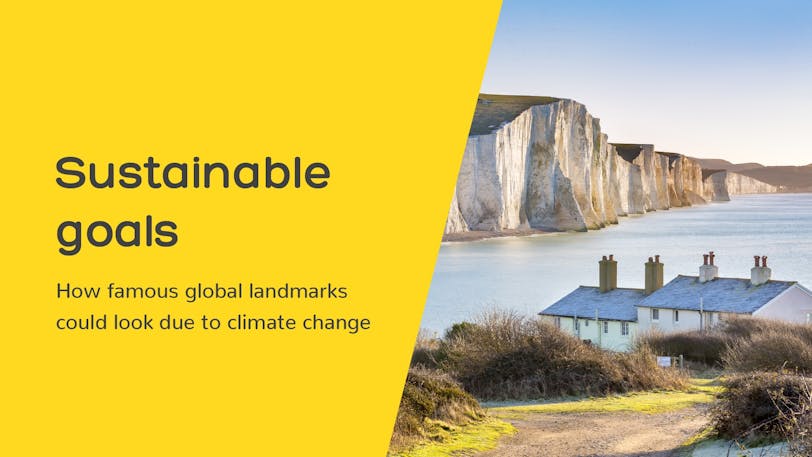
If changes aren’t made soon, by as early as 2050, landmarks such as The Major Oak in the United Kingdom, Las Vegas and the Eiffel Tower could change forever.
Below, experts at DriveElectric have used AI to reveal what global landmarks could potentially look like if we don’t mitigate climate change. These images depict the extreme potential effects climate change might have on both our human and natural landscapes.
Las Vegas
USA
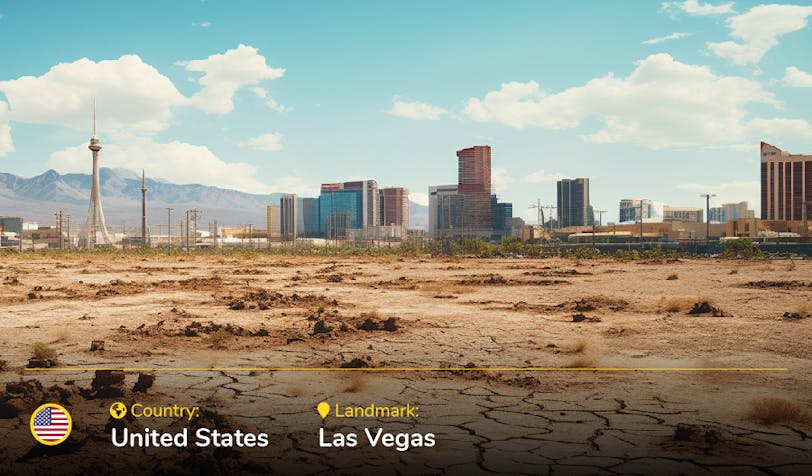
Las Vegas is one of the fastest-warming places in the world - the average summertime temperature has increased by 5.8 degrees since 1970. If this trend continues, the desert conditions around Las Vegas could worsen, as the area could face extreme droughts.
Eiffel Tower
France
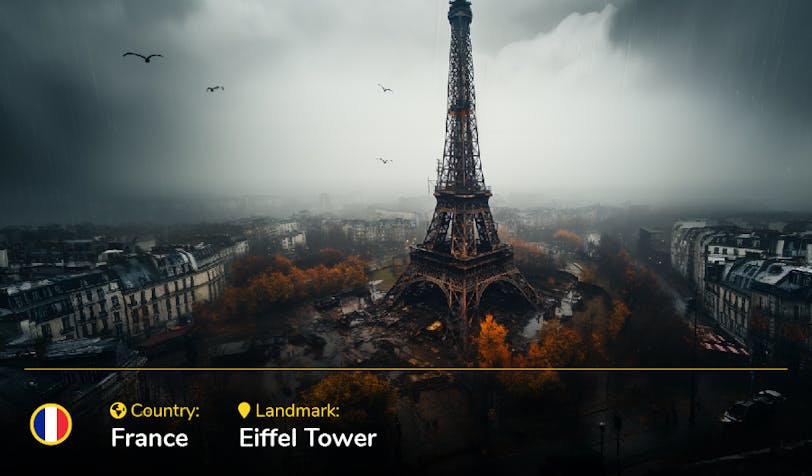
As global warming persists, Paris could face increased flooding due to rising sea levels and severe rainfall. The Eiffel Tower requires diligent maintenance to prevent rusting. In 2022, the tower was riddled with rust and cracks due to the newer paint not adhering properly. As such, flooding would make it harder to get to the monument to perform maintenance, and exposure to extreme weather conditions would cause significant damage to the structure.
Loch Ness
Scotland

The water levels at Loch Ness reached their lowest in decades in late May 2023 due to lengthy dry spells. With temperatures in the UK rising during the summer months, this will gradually become a severe problem for the legendary Scottish lake. If climate change is not seriously tackled in the UK, it may be much easier to spot Nessie as the lake dries up.
Gyeongbokgung Palace
South Korea

South Korea faces potential threats from brutal storms, rainfall and flooding. These weather events could leave major cities in South Korea flooded and battered by strong winds. Significant landmarks such as Gyeongbokgung Palace, the main royal palace of the Joseon Dynasty, could be affected.
White Cliffs of Dover
England, South East
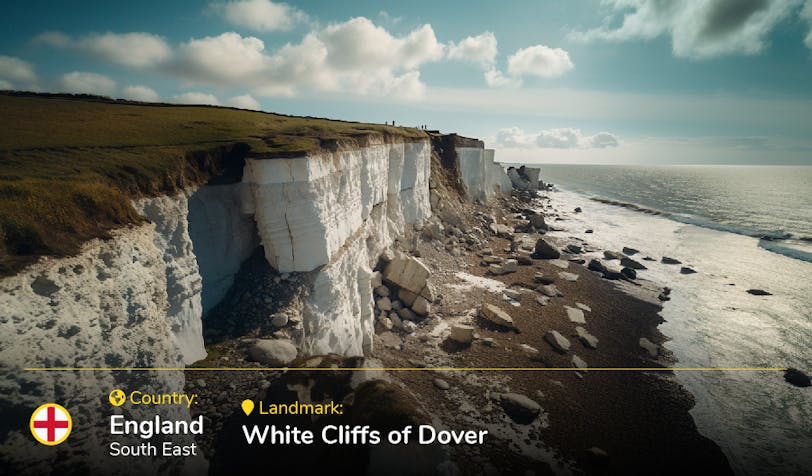
A report showing the threats and risks of rising sea levels in the UK has highlighted that cliffs, such as the White Cliffs of Dover, could face serious erosion problems. Already, the cliffs are receding by around 1cm every year, so with the sea level rising, that could only accelerate as the cliffs shrink and crumble.
Conwy Castle
Wales
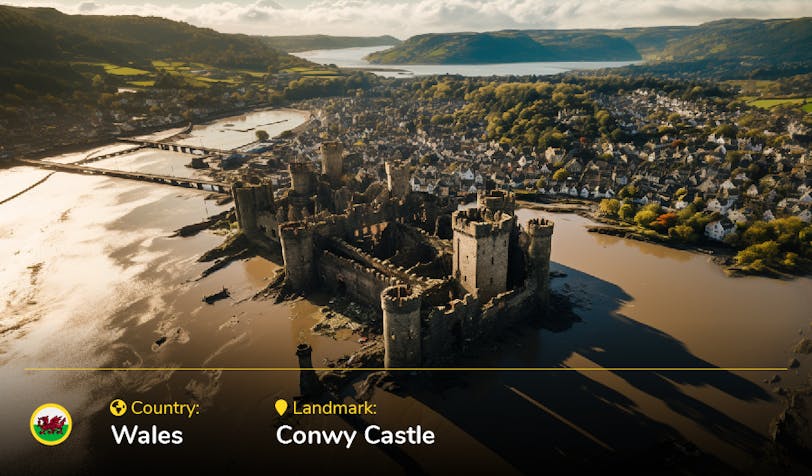
Conwy Castle, located on the Northern Welsh coast, already faces issues with the current weather conditions. Harsh winds and heavy rainfall have caused damage and flooding to the castle in recent years, with weather conditions likely to intensify due to climate change; this may only worsen in the future without intervention.
The Green Lake
Austria
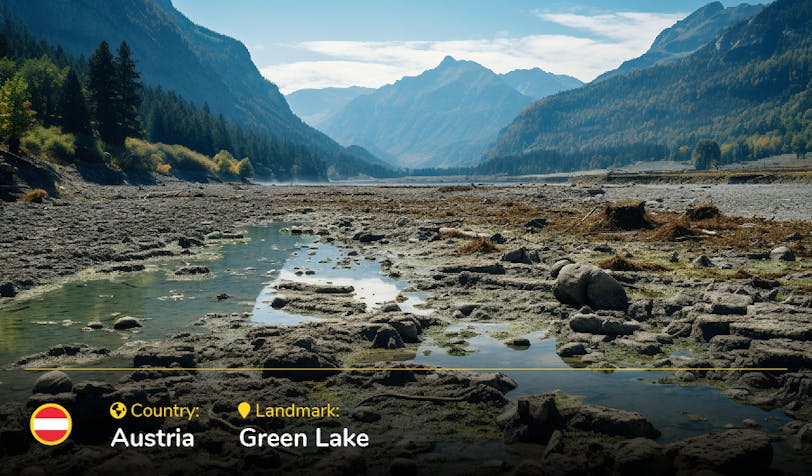
During the Austrian winter, the lake dries up, and as temperatures increase, the snow melts in the surrounding mountains, filling the lake back up. Due to the purity of the water, it absorbs red light, making the surface a striking emerald green. However, with temperatures increasing and the ice caps in the Alps retreating one day, there may be no snow to melt, diminishing the lake and its gorgeous colour.
The Major Oak
England, East Midlands
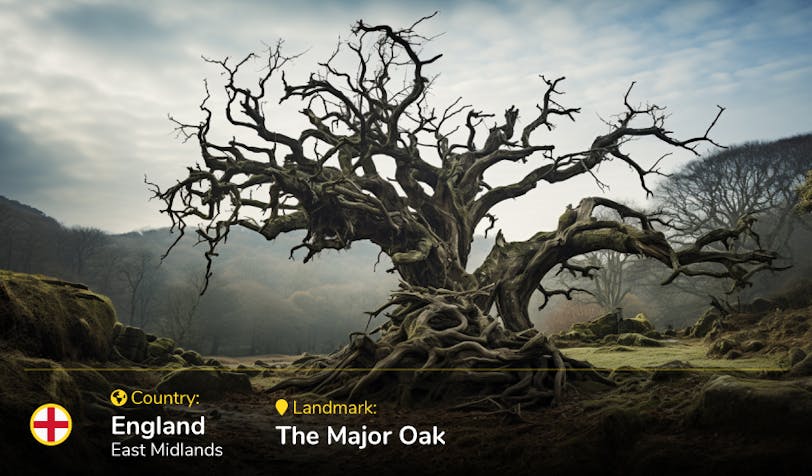
As summers in the United Kingdom grow hotter yearly, certain trees are more susceptible to disease. In the case of The Major Oak, it is more sensitive to acute oak decline, which is brought on by droughts, flooding, pollution and pests. Acute oak decline often involves a thinning of leaves and cracks in the bark that can leak dark fluids. It generally puts the tree in a stressed state, making it more vulnerable to secondary pests.
De Grote Markt
Belgium

Antwerp, the location of De Grote Markt, has been flagged as one of the European regions most at risk from flooding due to climate change. This risk is mainly due to the rising sea levels caused by the increasing temperatures, melting glaciers and ice sheets. As seawater warms, it also expands, contributing to the issue.
King’s College Chapel
England, East of England
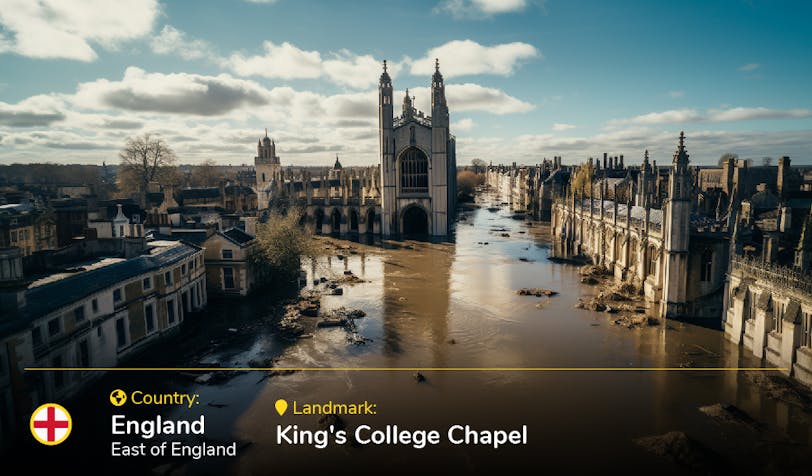
Studies warn Central Cambridge could be at risk of severe flooding by 2050 despite being far inland. The flooding risk is due to the growing risks and concerns around the rising sea levels around the UK that are predicted in the coming decades. The effects of rising sea levels could see Cambridge’s King’s College Chapel submerged along with other key landmarks in the city, such as the University of Cambridge.
Methodology
We compiled a list of significant landmarks in OECD countries and UK regions.
We compiled a list of significant landmarks in OECD countries and UK regions.
We then researched each landmark to see how they might be affected by climate change in the future. Where research for the specific landmark was not available, we used climate change concerns for the area in which the landmark is located. Below are the sources for each landmark:
Loch Ness
Conwy Castle
The Major Oak
King’s College Chapel
White Cliffs of Dover
Green Lake
De Grote Markt
Eiffel Tower
Gyeongbokgung Palace
Las Vegas
The sources used for each country’s net-zero goals are listed below:
United States
France
Scotland
South Korea
England
Wales
Austria
Belgium